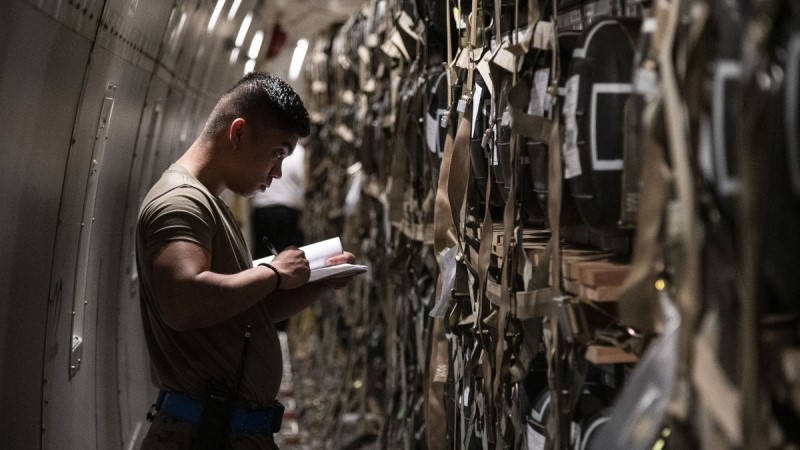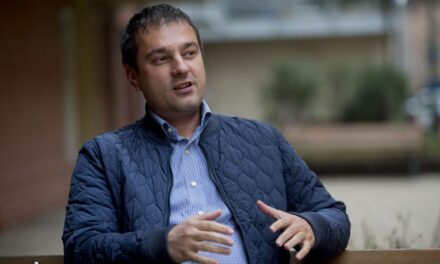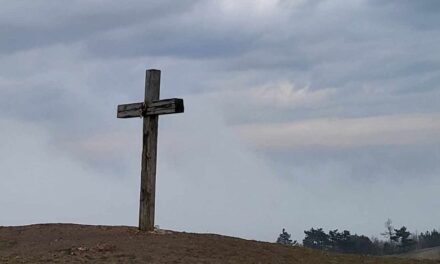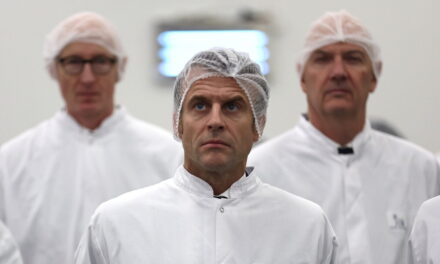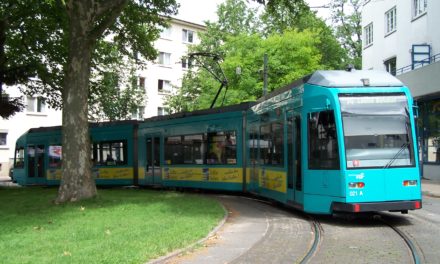After the Russian annexation of the Crimean peninsula and the declaration of the separatist republics in Donbass in 2014, the European Union adopted an arms embargo – in practice not a complete ban – against Russia, banning the sale of weapons, ammunition, military vehicles and equipment, as well as paramilitary equipment and related direct or indirect sale, delivery, transfer or export of parts belonging to Russia. The Council's decision of July 2014 (2014/512/KKBP) provided a loophole so that the ban does not affect the export of dual-use products and technologies intended for non-military use and/or non-military end-use, including those used in aeronautics and the space industry, and the ban does not affect the execution of contracts and agreements concluded before August 1, 2014.
According to the European Parliament's January 15, 2015 resolution The document declares that EU sanctions against Russia should remain in place until Russia changes its aggressive policy in Ukraine, but emphasizes that political and diplomatic channels should be kept open to Russia. Regarding arms shipments, the resolution stated that it "welcomes" the French government's decision to stop the delivery of Mistral helicopter carriers, and at the same time "calls on" the member states to take a similar position regarding exports not affected by the sanctions.
The practice after 2014 shows that in relation to arms deliveries to Russia, there were more market (re)positioning attempts, and Germany, for example, continued to deliver dual-use weapons (suitable for both civilian and military use) to Russia, approximately 121.8 million euros in total value (this is shown by Investigative Europe's research on this), and France exported even more to the Russians after that, including bombs, missiles, torpedoes, explosive devices - a total of 152 million euros. Other suppliers between 2014 and 2020 were Italy, Austria, the Czech Republic, and Bulgaria. And all of this may have significantly contributed to the fact that the Russians were able to modernize the army by around 2020, primarily through the purchase of around a thousand tanks, airplanes and attack helicopters.
In addition, the EU has been promising Ukraine the possibility of EU integration for nearly two decades, so on January 13, 2005, the European Parliament almost unanimously (467 in favor, 19 against) adopted a resolution on the Parliament's intention to approach Ukraine on the issue of membership. helped in 2008 by supplying weapons (in return for this, trainers from Georgia helped prepare the Ukrainian special units). However, in 2010, the pro-Russian Viktor Yanukovych came to power. As the president of Ukraine, he wanted to strengthen the Russian-Ukrainian relationship of trust, so he appointed native Russian speakers (who are considered a minority in Ukraine) to key positions in the Ministry of Defense and Intelligence. Yanukovych has lived in exile in Russia since his ouster in 2014 and was sentenced to death in absentia in 2019.
The European Union, which is part of the transatlantic bond, continued its Janus-faced foreign policy even after 2014 (the outbreak of the Crimean crisis). On February 12, 2015, after a long negotiation in Minsk, the leaders of Germany, France, Russia and Ukraine signed an agreement to end the fighting in eastern Ukraine. The pro-Russian rebels in eastern Ukraine also signed the agreement, which included a ceasefire in eastern Ukraine from February 15, as well as the withdrawal of heavy weapons.
German Chancellor Angela Merkel, French President François Hollande and Russian President Vladimir Putin, as well as Ukrainian President Petro Poroshenko expressed their commitment to respecting Ukraine's sovereignty and territorial integrity in a joint statement. Martin Schulz, then President of the European Parliament, in his speech at the informal meeting of the Heads of State and Government on February 12, 2015, explained the Parliament's expectation that all parties respect the ceasefire and refrain from any actions that could jeopardize the entry into force of the ceasefire .
From time to time, the EU tried to cool Ukraine's hopes, so in March 2016, Jean-Claude Juncker, the president of the European Commission, declared that Ukraine would not be a member of the European Union or NATO for 20-25 years. However, since the beginning of the invasion, the EU seems to be reasserting its hopes for Ukraine, so for example, Ursula von der Leyen, the current President of the Commission, recently, in connection with the first anniversary of the outbreak of the war in Ukraine, in February 2023, noted that "just a year ago, no one could have imagined how fast can Ukraine move towards the EU".
However, all this does not change the heavy responsibility of Europe and the European Union in the road leading to the current war conflict. In simple terms, the picture looks like that some EU member states helped Russia prepare for a possible war until 2014 and partly after, while since last year - now within an institutionalized framework, from the resources of the European Peace Framework - around 4.6 billion euros they provided military aid to Ukraine, a country fighting on the other side of the war.
And Josep Borrell, the High Representative of the European Union for Foreign Affairs, is now proposing "peace fund" was established earlier by the Council's decision of March 22, 2021, means increased joint funding. While the Peace Mechanism itself serves to prevent conflicts and create peace based on the intention stated in the Council resolution, today it is used by the EU as an extra-budgetary tool to support a war that also threatens the possibility of further serious escalation of the armed conflict.
However, instead of escalating the war, a cease-fire and peace negotiations are needed, as Prime Minister Viktor Orbán spoke about at an economic forum in Qatar, adding critically: this war is a failure of diplomacy that should never have happened.
Source: EuCET
Cover image: Illustration / Source: Marco A. Gomez/US Air Force/AFP

